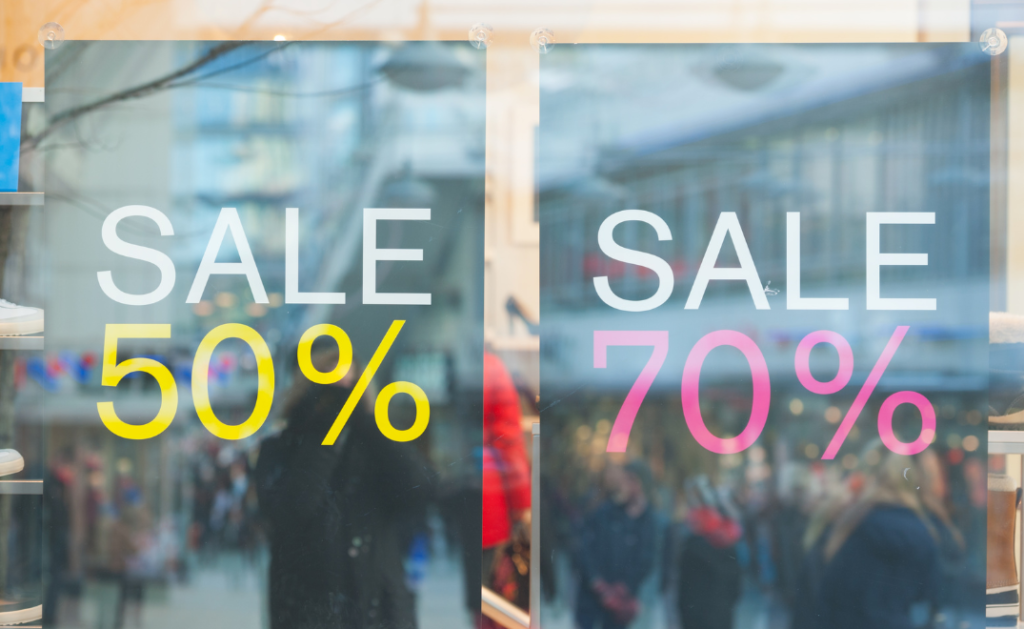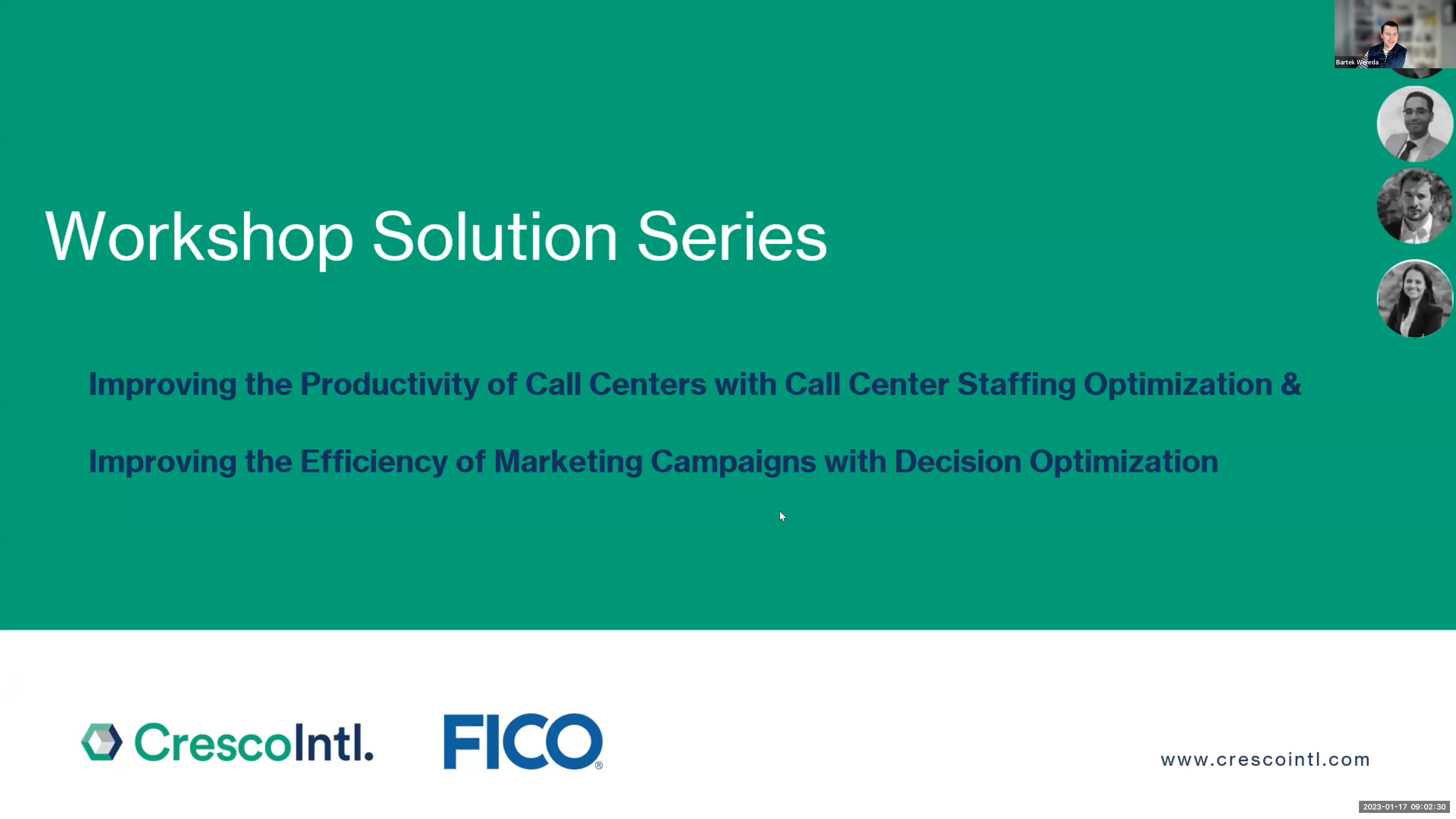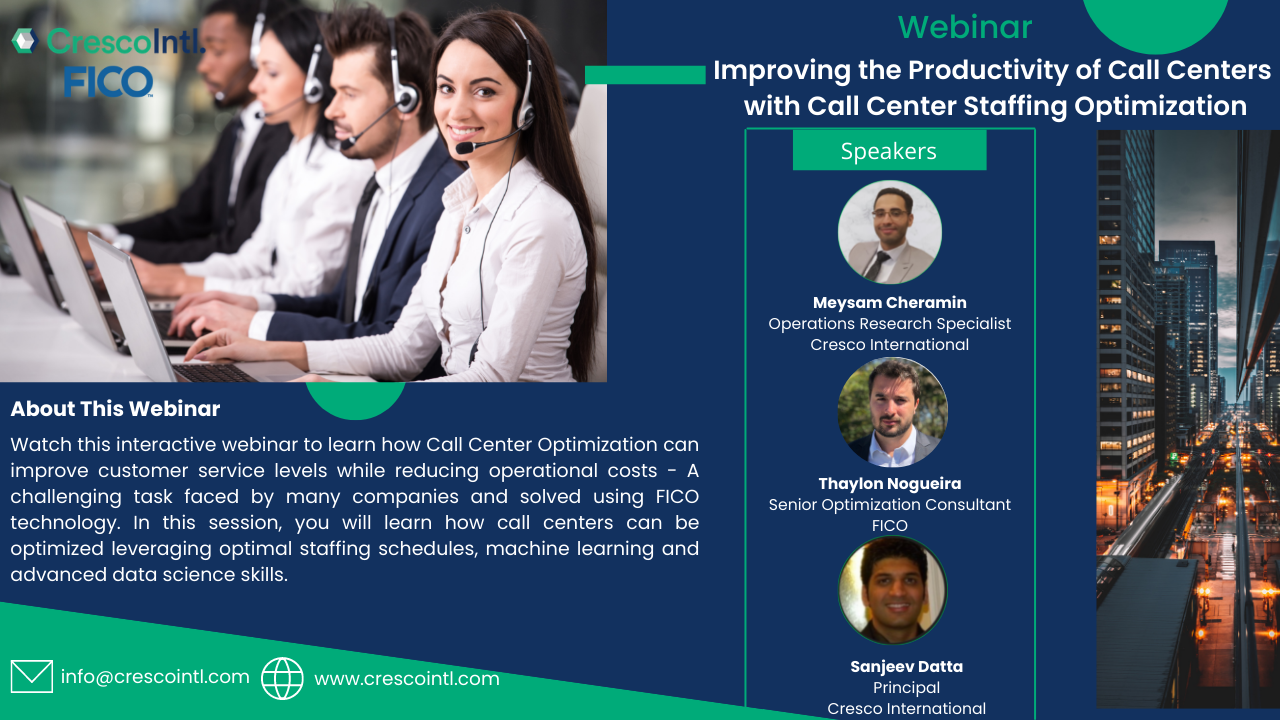Trade promotion is a marketing tactic aimed at retailers by manufacturers to increase the sales of their products, enhance awareness when introducing new products, clear leftover inventory, bolster customer loyalty, and improve the retailer’s competitiveness. Promotions are often used daily in most retail environments, including but not limited to supermarkets, drugstores, fashion retailers, electronics stores, online retailers, and convenience stores. Retailers usually offer hundreds or thousands of promotions simultaneously. The most widely-used trade promotions are in-store displays, temporary price reductions, coupons, sweepstakes, rebates, premiums, and sampling. For example, a typical supermarket, which sells several thousands of products, needs to decide the price promotions for all the products.

Manufacturers spend 15-25% of their revenue on trade promotions. However, only 33% of trade promotions in the U.S. are profitable due to the challenges manufacturers usually face when they plan for their trade promotions. Inability to plan promotions based on analytics, lack of accurate and timely information, lack of integration with retailers in metrics, information sharing, cross-functional department collaboration, and lack of appropriate KPIs are manufacturers’ most important challenges.
A poor trade promotion plan wastes a significant amount of the budget manufacturers assign to their trade promotion activities. Take the trade promotion plan of an eyewear retailer as an example. The omnichannel eyewear retailer with premium-class glasses for close vision decides to consider a 15% discount for this product as a trade promotion to gain more revenue. Yet, the discount does not impact the upper-middle-class buyers as its core customer group and does not attract new groups of shoppers either. As a result, premium-class glasses for close vision sales are dropped in addition to brand perception being at risk.
To avoid the negative impacts of such poor trade promotion plans on businesses, Trade Promotion Optimization (TPO) enables managers to predict the impact of trade promotions (e.g., discounts) on sales and identify products that are worth being promoted.
TPO is an efficient tool that can significantly improve the low profitability rate of existing promotion plans. Indeed, TPO continuously improves the effectiveness of trade promotion strategies by optimizing them based on the business goals of manufacturers and their supply and promotion constraints. More specifically, TPO aims to maximize the value of every dollar invested in trade promotions, i.e., it maximizes the return on investment (ROI). Thus, TPO follows the famous motto of “Build, Measure, Learn and Repeat” because the only way to determine whether trade promotions are effective is by accurately measuring profits, sales volume, customer satisfaction, and achievement of goals.
TPO tools are equipped with both predictive analytics and prescriptive analytics technologies. Thanks to the unprecedented volume of data available to retailers, predictive analytics technologies such as Machine Learning techniques can model the data and devise an appropriate solution based on business needs. However, as Machine Learning models rely heavily on historical data, they can be difficult to adapt when business conditions or needs change, which makes them less flexible. Moreover, Machine Learning models provide actionable insights, but they do not say what actions managers should take based on those insights for the best outcomes. Therefore, Mathematical Optimization, as a powerful prescriptive analytics technology, is integrated with Machine Learning to fix its drawbacks because Optimization models are highly customized and can leverage the latest available data in addition to historical data. Mathematical Optimization has many advantages including but not limited to considering interdependencies of complex systems, supporting what-if scenario analysis, avoiding personal bias, and significant flexibility in constantly changing business environments.

Mathematical Optimization enables decision-makers to instantly identify the best decision out of a large number of alternatives (e.g., millions of possible decisions) that leads to the best possible result according to prespecified criteria such as profitability. Mathematical optimization models can capture the key features of a complex trade promotion planning problem including business rules (e.g., self-business rules, cross-item business rules, budget limitation), objectives (e.g., profit maximization, cost minimization), and decisions (e.g., price, discount, promotion type). Then, based on the input data, optimization models are solved by optimization solvers which are powerful computational engines that read optimization models and then deliver the best decision. The list of products, revenue baseline, planning horizon, length of the selling season, retailer and manufacturer costs, regular prices, and demand are some of the main inputs of the Trade Promotion Optimization models.
The process of developing a TPO decision support tool consists of the following steps:
- Step 1) Data collection, cleaning, and aggregation
- Step 2) Store and product clustering: In many retail settings, the available historical data can be sparse. As a result, one needs to combine the data from multiple sources to obtain more reliable forecasts. Two standard techniques widely used in retail consist of merging several stores or clustering similar products.
- Step 3) Demand prediction: As an input to the optimization, one first needs to predict the demand. In practice, one needs to test different demand predictive models to reach a robust prediction model.
- Step 4) Optimization: Developing a precise mathematical model that generates optimal promotional calendars for the future.
- Step 5) Sensitivity analysis: Retailers usually want to check the robustness of the solution against variations in input data before a potential implementation.
- Step 6) Quantifying the impact of the TPO decision support tool: The last step is to assess the potential impact of the entire process. For example, one can compare the revenue obtained by optimal prices relative to the revenue generated by using the original promotion prices set by the retailer.

An efficient TPO decision support tool has three main features. Firstly, it should return accurate results associated with revenue, volume, profit, and spending that makes sense for the geography/retailer, category, and time. Secondly, it should provide the optimal promotion plans instantly or in minutes and can run multiple scenarios within a short time. Finally, it should be so simple that enables users to use previous promotions as templates and has copy and paste capability along with drop-downs, checkboxes, and slide controls.
In brief, although manufacturers and retailers spend a lot of money on their trade promotion plans, only a small portion of the assigned promotion budget is profitable due to the challenges and complexities of generating promotion plans with traditional methods. To avoid generating non-profitable promotion plans, managers and decision-makers can use TPO as an efficient tool that can significantly improve the low profitability rate of their existing promotion plans. TPO takes the benefit of a combination of Mathematical Optimization and Machine Learning models to instantly recommend optimal promotion plans that lead to maximum ROI and total profit.












